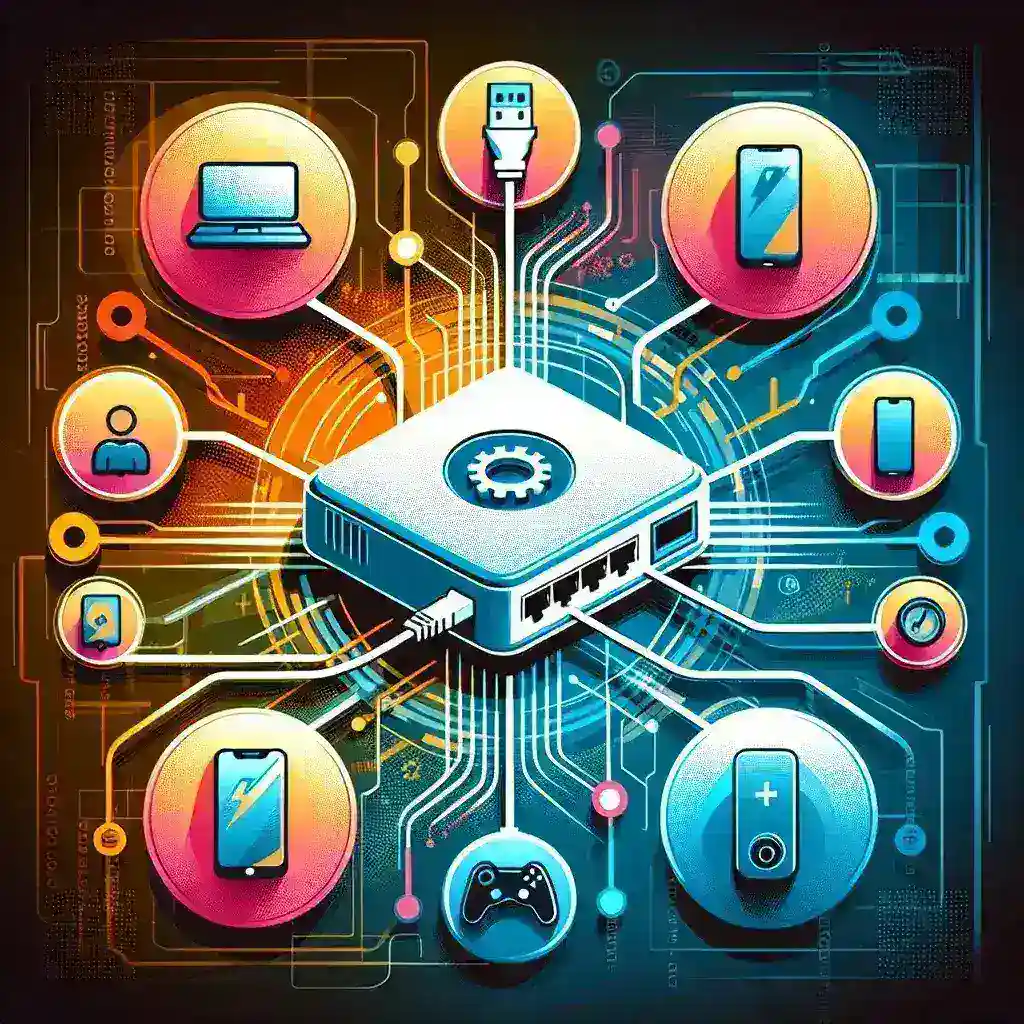
How do I check the connected devices on my Ethernet router?
Managing connected devices on your Ethernet router is crucial for maintaining a secure and efficient network. By knowing which devices are connected, you can identify potential intruders, manage bandwidth allocation, and ensure that only authorized devices have access. This guide will walk you through the detailed steps you need to check the connected devices on your Ethernet router.
Why Check Connected Devices on Your Ethernet Router?
Knowing which devices are connected to your router is essential for several reasons:
- Network Security: Identifying unauthorized devices helps secure your network from potential intrusions.
- Bandwidth Management: Ensuring optimal performance by managing bandwidth distribution among connected devices.
- Network Troubleshooting: Identifying and resolving connectivity issues becomes simpler when you know which devices are connected.
Steps to Check Connected Devices on Your Ethernet Router
1. Access Router’s Web Interface
The first step to checking connected devices is to access your router’s web interface. Follow these steps:
- Open your web browser: Make sure the device is connected to the router.
- Enter the router’s IP address: Common IP addresses include 192.168.0.1 or 192.168.1.1. You can find your router’s IP address in the manual or on a sticker on the router.
- Log in to the router: Use the admin credentials (username and password) provided with the router. If you haven’t changed these, they are often “admin” for both fields.
2. Locate Device List or Attached Devices Section
After logging in, navigate to the section displaying connected devices. This might be named differently depending on your router brand. Here are some examples:
- Netgear: “Attached Devices”
- Linksys: “Device List”
- TP-Link: “DHCP Clients List”
- D-Link: “Connected Devices”
3. Review the List of Connected Devices
Once you find the accurate section, you will see a list of all devices currently connected to your router. This list typically includes the following details:
| Property | Description |
|---|---|
| Device Name | The name of the connected device, which can sometimes be customized by the user. |
| IP Address | The local IP address assigned to the device by the router. |
| MAC Address | A unique identifier for each device’s network interface. |
| Status | Indicates if the device is currently active or inactive on the network. |
If a device is unfamiliar, consider changing your Wi-Fi password and only reconnecting trusted devices to maintain security.
Managing Connected Devices
1. Block Unwanted Devices
If you recognize unauthorized devices, most routers allow you to block them:
- Access the device management section: This can be found under “Device List” or similar.
- Identify the device: Choose the device you wish to block.
- Block the device: Select the option to block or exclude the device from your network.
Once blocked, the device will no longer be able to connect to your router.
2. Rename Devices for Easy Identification
To manage your network efficiently, rename devices for easy identification:
- Locate the rename option: Found in the device list section.
- Assign a meaningful name: Examples include “John’s Laptop” or “Living Room TV”.
Ensuring Network Security
1. Use Strong Passwords
One of the simplest yet most effective ways to secure your network is by using strong, unique passwords for your router and Wi-Fi network. Avoid common passwords and use a mix of characters, numbers, and symbols.
2. Enable Network Encryption
Most routers offer encryption options such as WPA2 or WPA3. Enable the highest level of encryption available to secure your wireless network.
3. Regularly Update Firmware
Ensure your router’s firmware is up-to-date. Firmware updates often include security patches and performance improvements.
4. Disable WPS (Wi-Fi Protected Setup)
While WPS makes it easier to connect devices to your router, it also presents a security risk. Disable WPS if your router allows it.
5. Create a Guest Network
For guests, create a separate network through your router’s settings. This way, your main network stays secure while still providing internet access to visitors.
Advanced Tips for Tech-Savvy Users
1. Enable MAC Address Filtering
MAC address filtering allows only specified devices to connect to your network:
- Access MAC filtering settings: Usually found in the advanced settings.
- Add devices manually: Enter the MAC addresses of devices you want to allow.
2. Monitor Network Traffic
Some routers offer traffic monitoring features to analyze bandwidth usage:
- Enable traffic monitoring: Check in your router’s advanced settings.
- Review usage reports: Identify which devices are consuming the most bandwidth.
3. Use Third-Party Apps
Several apps can help manage and monitor your network:
- Fing: A popular network scanner for identifying devices.
- NetSpot: Offers Wi-Fi network analysis and troubleshooting.
- Network Analyzer: Provides detailed network diagnostics.
Keeping your network secure and efficient starts with knowing the devices that connect to your Ethernet router. Follow these steps to ensure you have a clear understanding of your network and are taking the necessary measures to maintain its security and performance.
